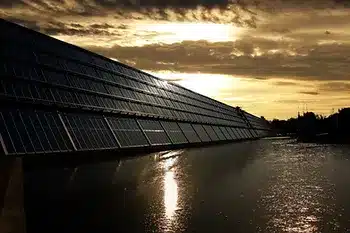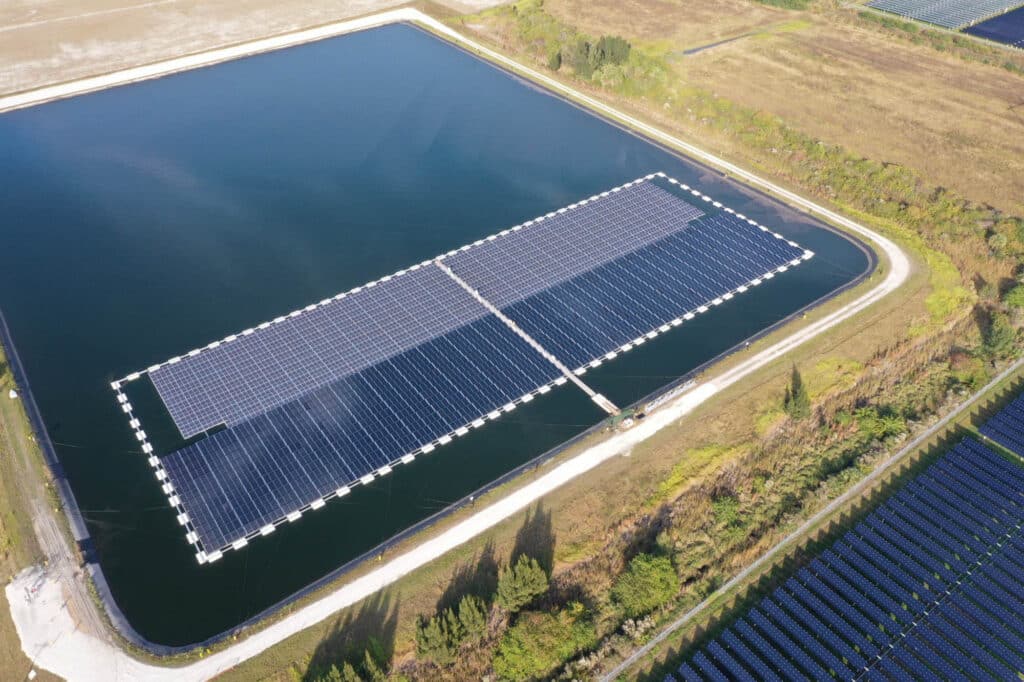When it comes to doing good for the environment, solar power is everything. It is the beating heart of the solar industry. The innovative process uses clean energy from the sun to create thermal or electrical energy, so as long as the sun shines, we can create electricity this way.
Solar power can provide a cost-effective and reliable way to generate electricity, making it a key technology for any clean energy initiative. In addition, solar power is abundant and readily available, with sufficient daily sunlight falling on the earth’s surface to meet global energy needs. Solar photovoltaic (PV) systems are becoming increasingly popular as a source of clean, sustainable energy because they produce no emissions or pollutants and require no fuel beyond the initial installation.
Solar PV systems are also highly versatile, and can be used in a variety of applications, from powering homes and businesses to providing energy for remote locations and off-grid communities.
This blog explores how you can use solar power to create a greener world, what obstacles stand in the way, and what advantages it offers over other forms of clean energy.
History of Solar Power
The history of solar power technology is filled with innovation and long-term success and it goes back longer than you may think. The technology of solar power has been around since the
19th century and began to receive substantial government support in the 1970s.
During the Industrial Revolution, French physicist Alexandre Edmond Becquerellar demonstrated the ability of a solar cell to convert sunlight into electricity, and about four decades later, Charles Fritts, American inventor, created the first solar rooftop array in New York.
With this being said, the rise in usage of Solar PV Systems only goes back about a decade. This can be accredited to two key factories: the accessibility due to improvement of solar panel cost and overall efficiency of the process over time.
How Solar Power Is Used Today
As societies around the world begin to prioritize reducing carbon emissions, businesses in developed countries are recognizing the significant cost-saving advantages of transitioning to renewable energy sources like solar. To assist these commercial entities in maximizing their clean energy output, it’s crucial to provide them with reliable technology and a broad range of services that span project planning, design, installation, and maintenance. By doing so, we can accelerate the adoption of renewable energy and help create a more sustainable future for all.
Thailand has recently unveiled its ambitious plan to construct 15 floating solar farms, while Portugal has announced the construction of the largest floating solar farm in Europe, further underlining the growing importance and popularity of solar power.
Worldwide, the three largest floating solar farms currently operational are:
1. The Dezhou Dingzhuang Floating Solar Farm in China
2. The Three Gorges New Energy Floating Solar Farm in China
3. The Sembcorp Floating Solar Farm in Singapore
To dive deeper, the development of floating solar farms is proving to be an effective strategy in mitigating the environmental impact of solar power production. These innovative projects are built atop existing water bodies, thereby saving valuable land resources. The unique platform design of these large-scale projects is engineered to maximize efficiency and output, surpassing the energy yield of conventional ground-mounted arrays.
The Future of Solar Power
The future of solar power looks incredibly bright. With recent advancements in floating solar technology and the industry’s overall growth, it is clear that solar power is on track to becoming
one of the leading renewable energy sources.
In terms of technology, many experts agree that floating photovoltaic platforms are primed to become an integral part of our future in clean energy. Integrating solar technology with other clean energy sources, such as increasing battery storage, is also essential to the future success of solar power. Energy storage solutions — like lithium-ion batteries and hydrogen fuel cells — are undergoing rapid development to meet the growing demand for reliable backup electricity and support more efficient grid management.
Conclusion
Green technology depends heavily upon the continued development and utilization of solar power. As more and more people begin to recognize the potential benefits of solar power, its usage will only continue to grow. With the right combination of incentives and technological advances, this renewable resource could become even more prominent in our lives.
At AccuSolar, we are committed to helping shape this future by providing top-of-the-line products designed specifically for supporting the use of solar energy, specifically floating solar. We have been leading the charge in green energy since our founding and are proud to be a leader in this industry.
If you’re looking for ways to positively impact the environment while making your life easier, contact AccuSolar today and learn more about how we can help you go solar!





